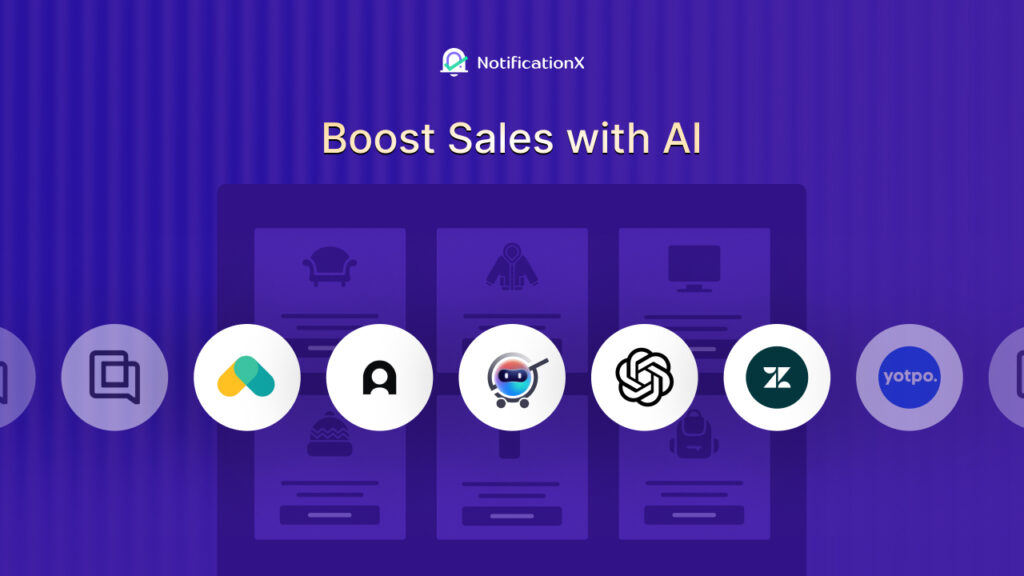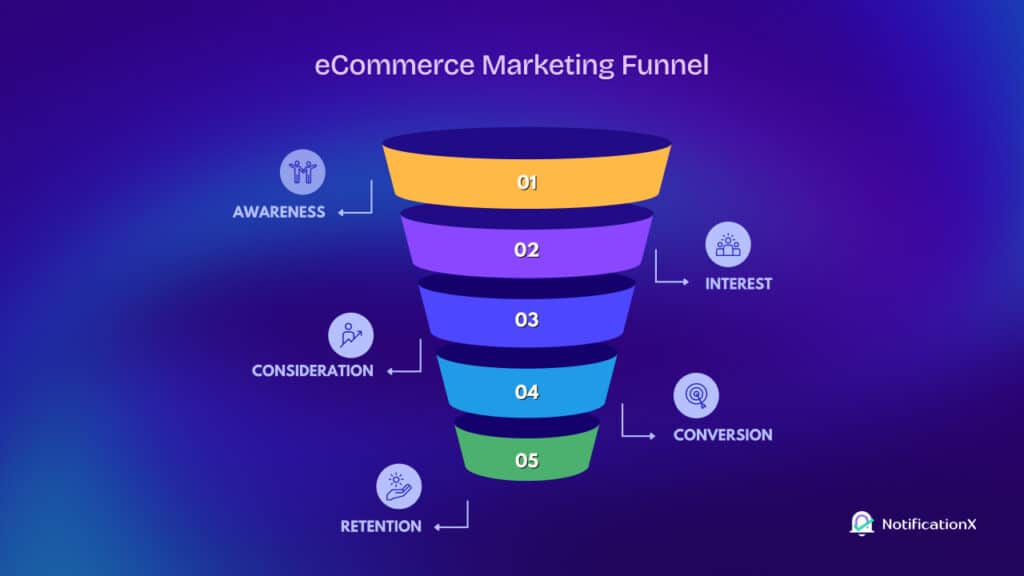Preparing to launch a new page on your eCommerce site? Think of it like baking a cake for a party. Just as you ensure the cake is delicious, well-decorated, and perfectly sliced before serving, you need to ensure your eCommerce page is optimized for search engines and provides an excellent user experience before going live. In this blog post, we will discuss three crucial tests to conduct before publishing a new eCommerce page.

Why Do You Need to Test Your eCommerce Page Before Launching?
With around 12 to 24 million eCommerce sites online, competition is high. As customers have more options than ever, ensuring a seamless user experience is crucial. In fact, 42% of users abandon websites due to poor functionality. By thoroughly testing your product pages before publishing, you can retain nearly half of your potential customers.

However, creating eCommerce websites demands time, especially when managing extensive product inventories. It is tempting to skip testing to save time. You might think everything looks perfect – smooth page loads, and stunning images. But the reality is, many things could still go wrong:
✅ Variations in Page Loading Speed: The speed at which your page loads can differ based on factors like the user’s location, device, and internet connection.
✅ Security Checks: Ensuring the security of your website, especially for handling payment transactions, is crucial. Cutting corners in this area is never advisable.
✅ Discovery of New Bugs: Even established websites can encounter new bugs when introducing a new page. This highlights the importance of thorough testing for both old and new pages.
✅ Integrating Extensions or Plugins: Regular testing of integrations, especially with platforms like WordPress/WooCommerce, is necessary. For example, if you are using the HubSpot WordPress Plugin for conversion tracking, it is essential to verify its functionality across all pages.
✅ Catalog Consistency: Introducing new pages can sometimes lead to inconsistencies in your catalog. While launching an entirely new eCommerce website requires numerous tests, the process becomes simpler when adding a new product page. We would recommend no matter how many pages you are publishing – either it could be one or many; test things as much as you can to get the best result.
Now that you know why you need to test any eCommerce page before making it live, let us move forward to the three prominent tests that are needed every time you publish an eCommerce page.
3 Tests You Need to Run Before Publishing a New eCommerce Page
Before launching your new eCommerce page, it Is essential to run these three key tests to ensure everything runs smoothly. These tests can help identify any issues before going live, ensuring a seamless experience for your customers.

1. Make Sure Videos Are Uploaded Properly
Visual content holds significant sway over consumer decisions, with 92% of shoppers admitting that any form of visual content influences their purchasing choices. Moreover, a staggering 64% of consumers express a likelihood of purchasing after watching a product video, while video reviews fare even better, with 84% of viewers indicating a willingness to buy post-viewing.
However, the promise of increased conversions lies in the correct presentation of the video content. Before publishing a video, it is crucial to ensure several key factors:
Firstly, confirm that the video has been exported in the correct format. Failure to do so may render the video unviewable to anyone other than website administrators.
Secondly, assess whether the webpage functions smoothly when multiple users watch the video simultaneously. Installing a caching tool or plugin can alleviate potential performance issues by serving users a cached version of the HTML page, reducing the need for repeated loading.
Thirdly, verify the compression rate of the video. Incorrect compression settings can result in poor video quality or even slow down the page’s loading speed, necessitating adjustments to optimize user experience.
Lastly, if your product page features a video hosted on YouTube, ensure that the video’s privacy settings are configured appropriately. If set to private, the video will be inaccessible to users, undermining its intended impact on conversions.
If you are building an eCommerce website using WordPress, uploading videos is much easier. All you need to do is, install a plugin named تضمين by which you can embed anything in your WordPress eCommerce website with copy and paste.

Learn more 👉 EmbedPress – Ultimate Guide To Embed Anything in Your WordPress Site
2. Impact of Branding & Fonts
Updating your website’s look is important for engaging visitors and boosting conversions. But even small changes, like switching fonts, can cause unexpected problems:
Sometimes, fonts do not load properly, and elements on your page might switch to a basic font instead. This can make your site look messy and inconsistent. Fonts that load slowly can also slow down your website, making it frustrating for visitors.
Different web browsers may handle font issues differently, leading to glitches like text disappearing for a few seconds. To avoid these issues, you can use coding tricks to ensure your fonts always show up correctly, even if the desired one does not load.
3. Test Product Review Integration

Testing the integration of product reviews is essential for building trust with customers and improving user experience. It ensures that reviews are displayed correctly, third-party reviews are properly integrated, and review plugins work as expected. This helps prevent issues with the layout or functionality of the page, enhancing its credibility and providing valuable information to shoppers.
Think Before You Do And Test Before You Publish
Before launching an e-commerce page, testing it is crucial. By checking page speed, mobile-friendliness, and SEO, you can improve both search engine rankings and user experience. This pre-launch testing helps fix issues in advance, saving you time and money while maintaining your reputation as a reliable business.
In summary, test your e-commerce page thoroughly before publishing. Ensure videos upload correctly, branding is clear, and testimonials are accurate. Addressing these elements before launch can prevent problems, save resources, and protect your reputation, making it an essential step in your website development process.
Did you like reading the blog? Share your thoughts in our مجتمع الفيسبوك و اشترك في مدوناتنا for more blogs like this.







